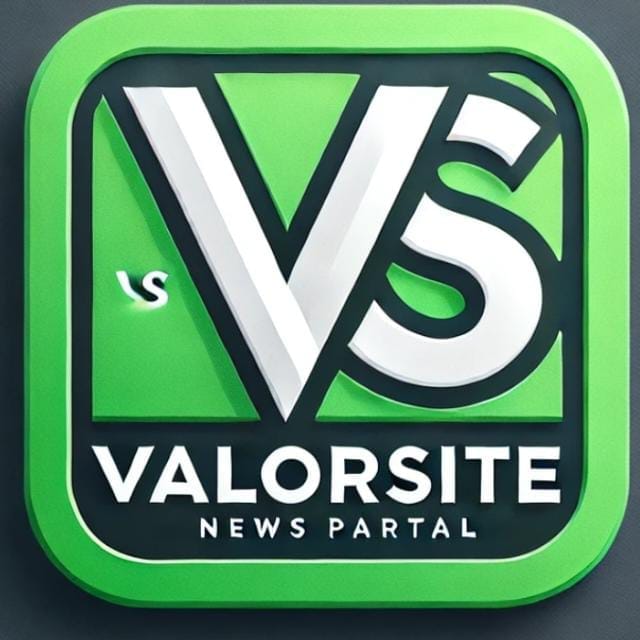Assistive technology has revolutionized the way children with special needs communicate and learn in the classroom. With the help of digital resources, children who struggle with communication due to physical, cognitive, or developmental disabilities can now communicate more effectively and efficiently. Assistive technology can help children with special needs develop their language and communication skills, improve their social interactions, and increase their independence.
Digital resources such as augmentative and alternative communication (AAC) devices, speech recognition software, and text-to-speech programs are just a few examples of assistive technology that have been developed to help children with special needs. These tools can be customized to meet the specific needs of each child and can be used both in and out of the classroom. With the help of these digital resources, children with special needs can communicate with their peers, express their thoughts and feelings, and participate more fully in classroom activities.
In this article, we will explore the various types of assistive technology available to children with special needs, and how they can be used to improve communication skills. We will also discuss the benefits of using assistive technology in the classroom, as well as some of the challenges that educators and parents may face when implementing these tools. Overall, assistive technology has the potential to greatly improve the lives of children with special needs, and it is important for educators and parents to understand how to effectively use these resources to support their learning and development.
Understanding Assistive Technology
Definition and Scope
Assistive technology refers to any device, software, or equipment that is designed to help people with disabilities perform tasks that they might otherwise find difficult or impossible to do. Assistive technology can be used to improve communication, mobility, learning, and other aspects of daily life.
The scope of assistive technology is vast, and it includes everything from simple devices like magnifying glasses and hearing aids to complex software programs and robotic devices. Assistive technology can be used by people of all ages and with a wide range of disabilities, including physical, cognitive, and sensory disabilities.
Historical Evolution
The history of assistive technology can be traced back to the early 20th century when devices like hearing aids and wheelchairs were first introduced. However, it wasn’t until the 1980s that the term “assistive technology” was coined, and the field began to gain recognition as a distinct area of research and development.
Since then, there have been significant advances in assistive technology, particularly in the area of digital resources. Today, there are a wide range of digital tools and resources that can be used to improve communication in children with special needs. These include text-to-speech software, communication apps, and other tools that can help children with speech and language difficulties to communicate more effectively.
Overall, assistive technology has the potential to transform the lives of people with disabilities by enabling them to participate more fully in society and achieve their goals.
Assessment for Assistive Technology
Identifying Individual Needs
Before implementing assistive technology (AT) to improve communication in children with special needs, it is crucial to identify their individual needs. This involves conducting a thorough assessment of the child’s communication abilities, preferences, and challenges. The assessment should involve the child’s parents, teachers, therapists, and any other relevant parties.
One effective way of identifying individual needs is by using a communication profile. This tool helps to evaluate the child’s current communication skills, including their receptive and expressive language abilities, speech production, and social communication skills. The communication profile can also help to identify the child’s preferred mode of communication, such as verbal or non-verbal communication.
Evaluation Process
Once the child’s individual needs have been identified, the next step is to evaluate the AT options available. The evaluation process involves determining the appropriate AT device or software that can help the child improve their communication abilities.
The evaluation process should involve a team of professionals, including a speech-language pathologist, an occupational therapist, and a technology specialist. The team should work together to evaluate the child’s needs and determine the most appropriate AT options.
During the evaluation process, the team should consider several factors, such as the child’s age, cognitive abilities, motor skills, and communication goals. The team should also consider the child’s environment, such as the classroom or home setting, to ensure that the AT device or software is compatible with the child’s environment.
Overall, a thorough assessment and evaluation process is crucial when implementing AT to improve communication in children with special needs. By identifying individual needs and evaluating the appropriate AT options, children can effectively communicate and participate in their daily activities.
Communication Technologies for Special Needs
Assistive technology has revolutionized the way children with special needs communicate with the world. Communication technologies have made it possible for children with speech, language, and hearing disabilities to communicate effectively and efficiently. This section discusses some of the most common communication technologies for special needs.
Augmentative and Alternative Communication
Augmentative and Alternative Communication (AAC) is a term used to describe different communication methods that supplement or replace speech and writing. AAC devices range from simple picture boards to high-tech speech-generating devices. These devices enable children with communication difficulties to express their thoughts, needs, and wants. AAC devices can be customized to meet the unique needs of each child.
Visual and Hearing Aids
Visual and hearing aids are designed to help children with visual and hearing impairments. Visual aids include magnifiers, screen readers, and Braille displays. These devices help children with visual impairments to read, write, and navigate the digital world. Hearing aids, on the other hand, amplify sound and make it easier for children with hearing impairments to hear and understand speech.
Software and Apps
Software and apps have become an essential part of communication technology for special needs. There are numerous software and apps available that can help children with speech, language, and hearing disabilities. These apps range from simple communication boards to advanced speech therapy apps. Some apps also use gamification to make learning more engaging and fun for children.
In conclusion, communication technologies have made a significant impact on the lives of children with special needs. Augmentative and Alternative Communication devices, visual and hearing aids, and software and apps have made it possible for children with communication difficulties to communicate effectively and efficiently. These technologies have opened up new opportunities for children with special needs to communicate and interact with the world around them.
Implementing Digital Resources
Training and Education
Before implementing any digital resources for children with special needs, it is important to ensure that parents, caregivers, and educators receive proper training and education. This includes understanding the specific needs of the child, as well as how to use the technology effectively.
Training can be provided through a variety of methods, such as online courses, in-person workshops, or one-on-one sessions with a specialist. It is important to find a training program that is tailored to the specific needs of the child and their caregivers.
Integration in Daily Life
Once the appropriate digital resources have been selected and the necessary training has been completed, it is important to integrate the technology into the child’s daily life. This includes ensuring that the technology is easily accessible and properly maintained.
One way to integrate digital resources is to incorporate them into the child’s daily routines, such as using communication apps during meal times or incorporating educational games into playtime. It is also important to ensure that the technology is properly maintained and updated, to ensure that it continues to meet the child’s needs.
In conclusion, implementing digital resources for children with special needs requires proper training and education, as well as careful integration into daily life. By following these steps, caregivers and educators can help improve communication and overall quality of life for children with special needs.
Challenges and Considerations
Accessibility Issues
When it comes to assistive technology for children with special needs, accessibility is a major concern. Many digital resources may not be designed with accessibility in mind, which can make it difficult for children with certain disabilities to use them effectively. For example, children with visual impairments may struggle to use resources that rely heavily on visual cues, while those with hearing impairments may struggle with audio-based resources.
To ensure that all children have access to the benefits of assistive technology, it is important to choose resources that are designed with accessibility in mind. This may include resources that offer alternative modes of interaction, such as touch-based interfaces or text-to-speech functionality.
Ethical and Privacy Concerns
Another important consideration when using assistive technology with children with special needs is ethical and privacy concerns. Many digital resources collect data on their users, which can include sensitive information about their disabilities and other personal details. This data can be used to improve the effectiveness of these resources, but it can also be used for other purposes, such as targeted advertising.
To ensure that children’s privacy is protected, it is important to choose resources that are designed with privacy in mind. This may include resources that do not collect any personal data, or that offer robust privacy controls that allow users to control what information is shared with the resource. Additionally, it is important to ensure that any data collected is stored securely and is only accessible by authorized individuals.


